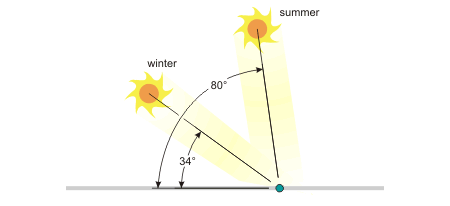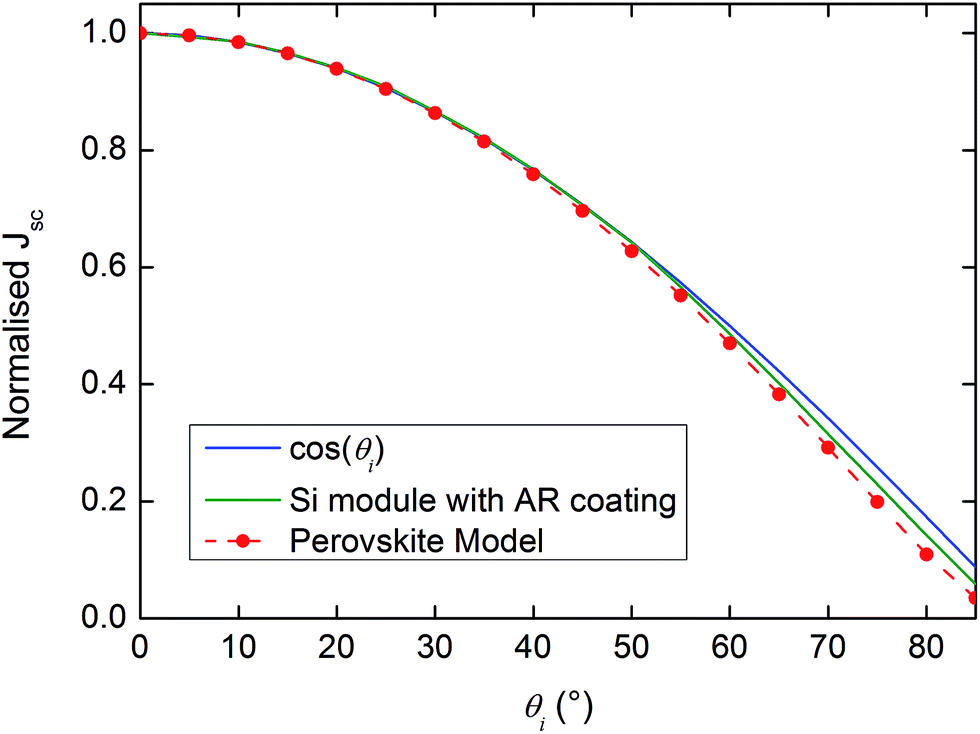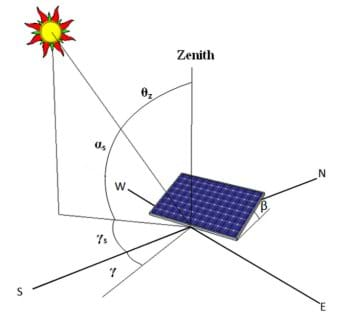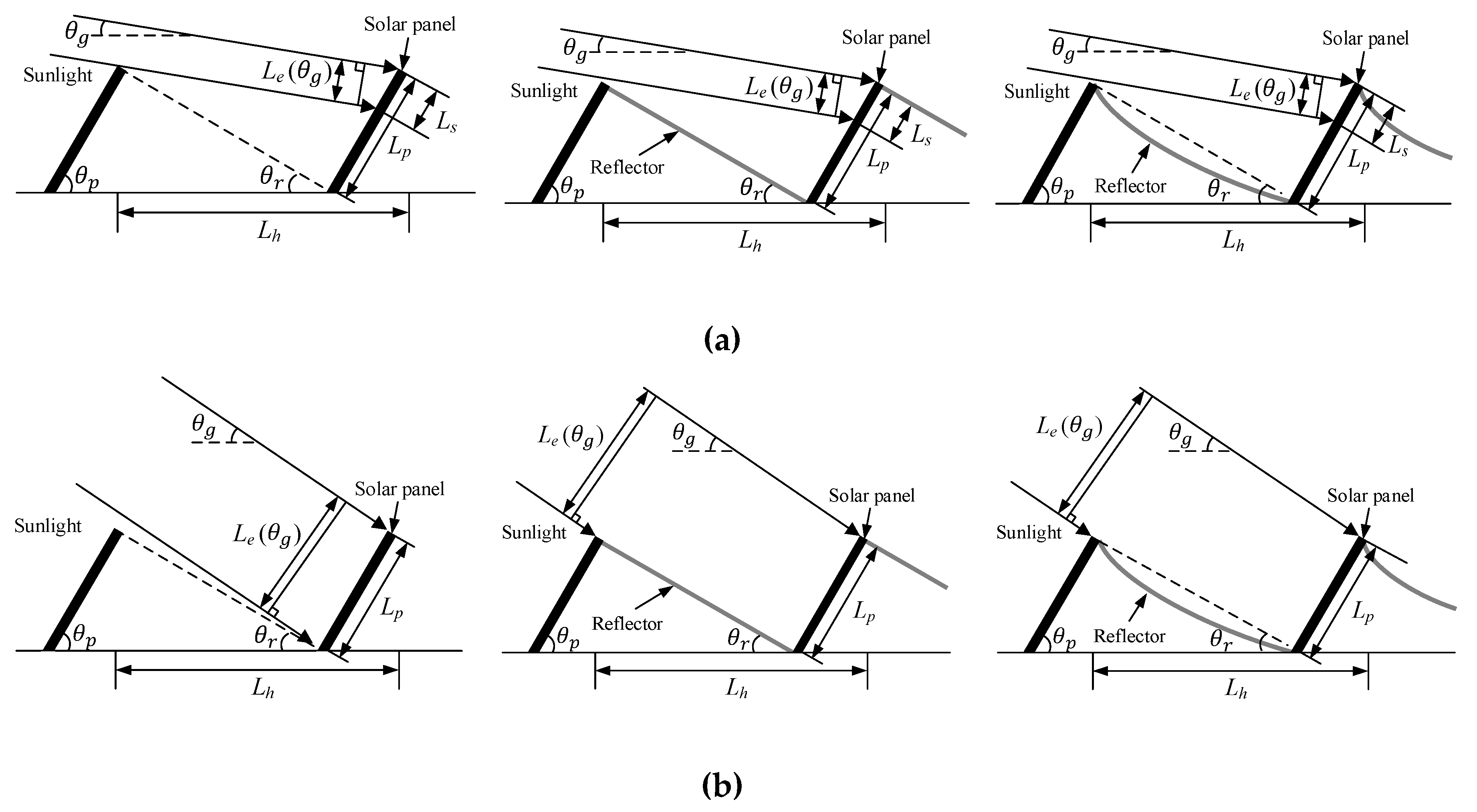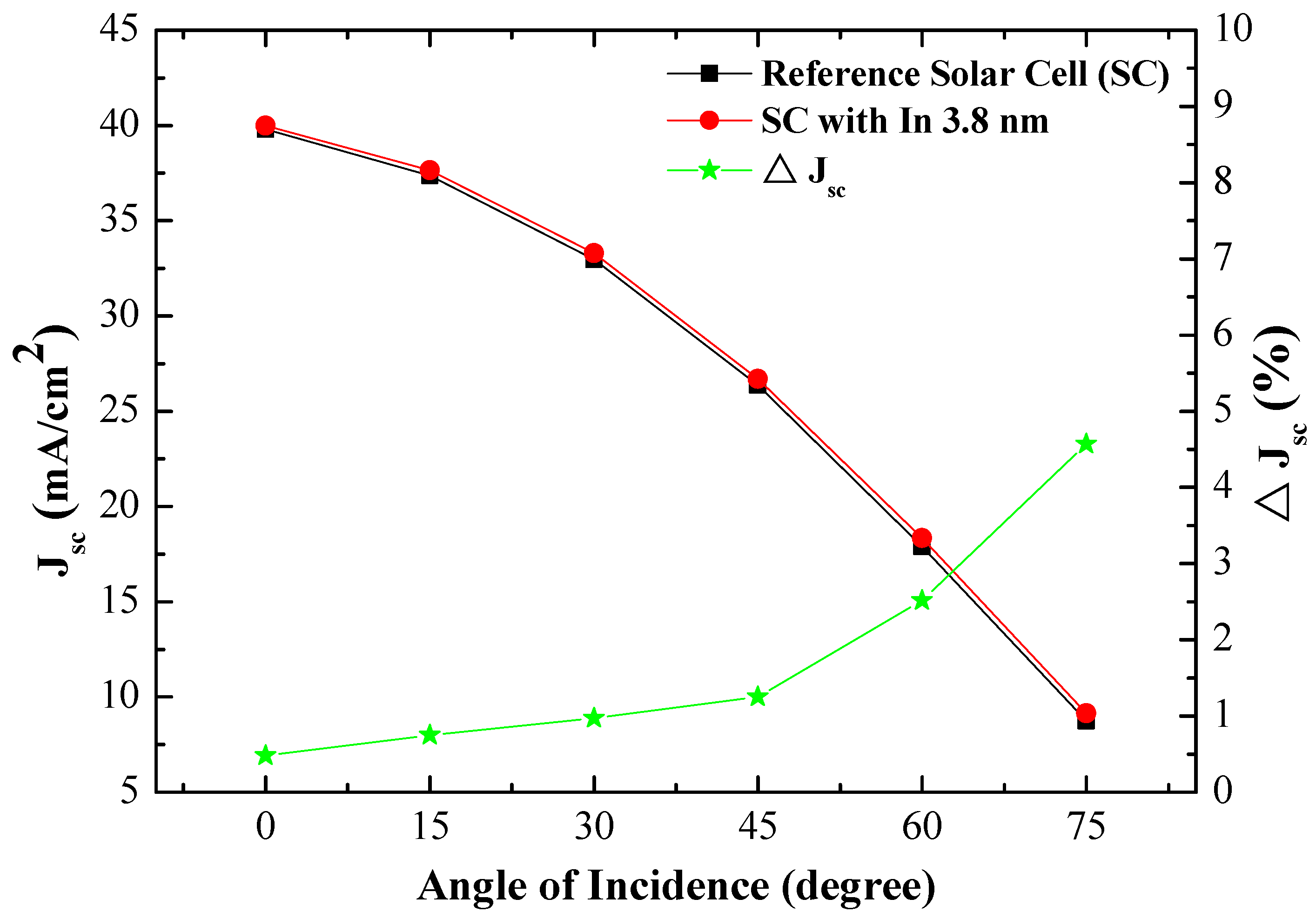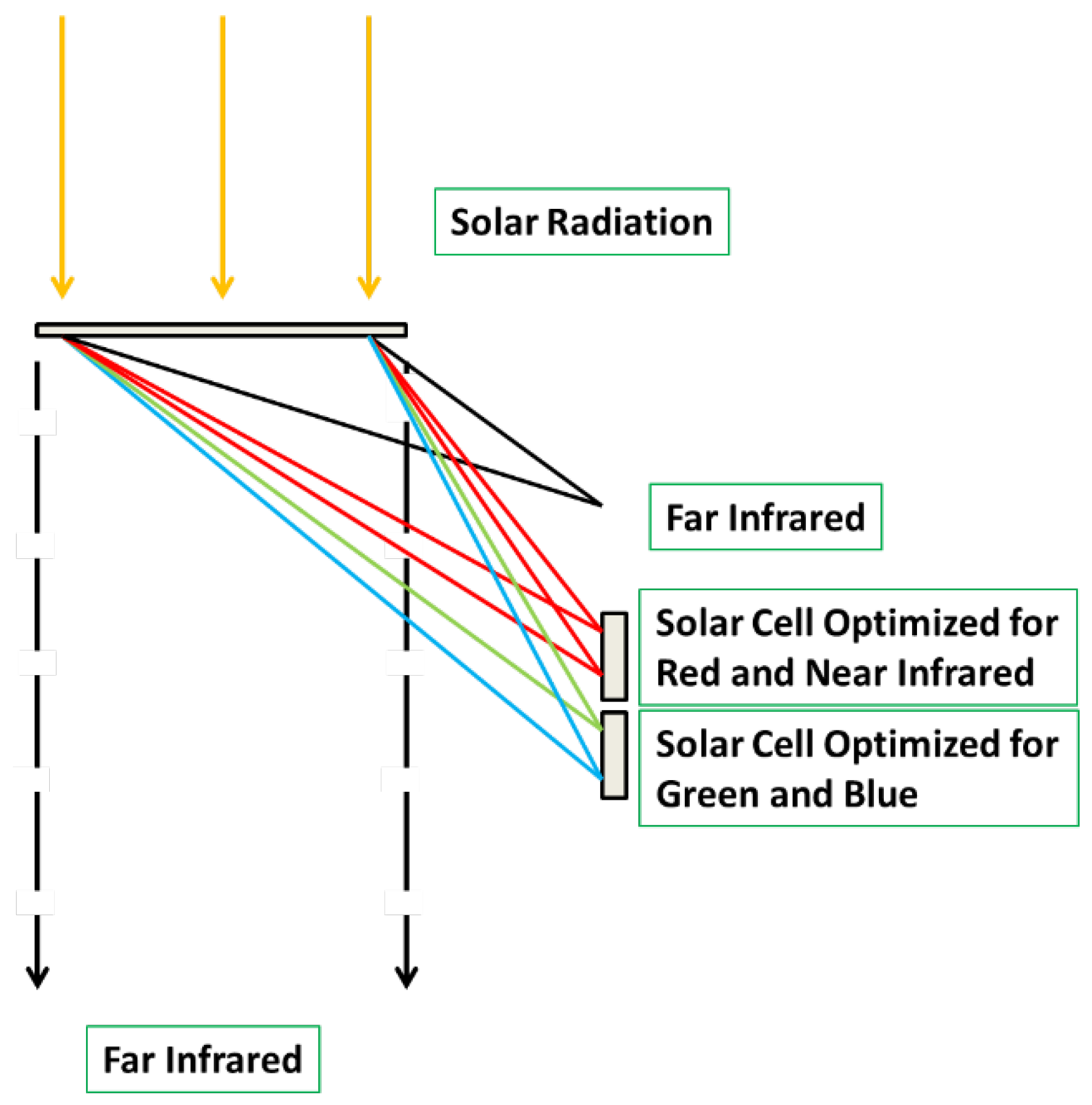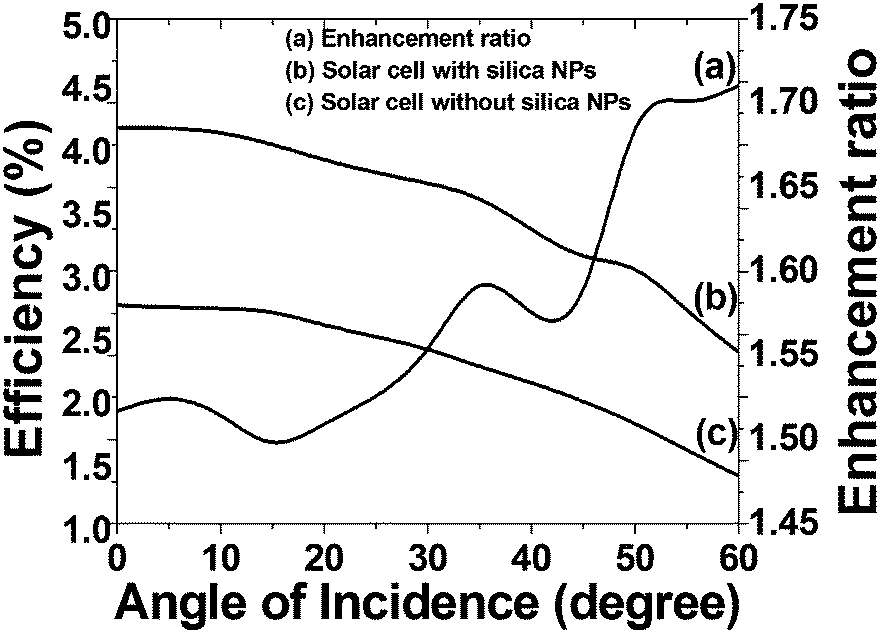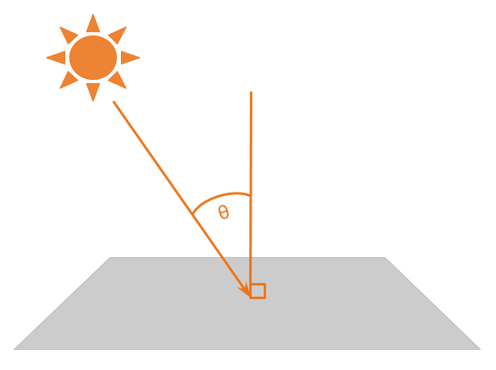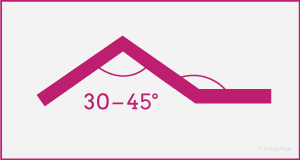Solar Panel Efficiency Vs Angle Of Incidence
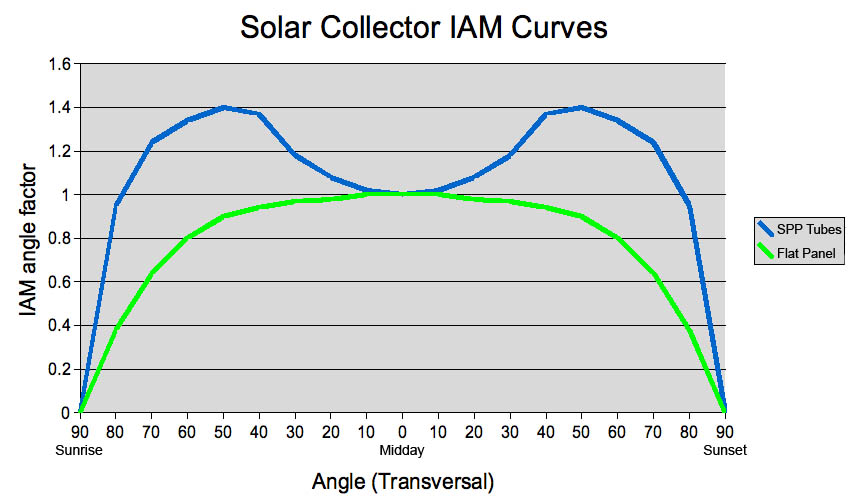
The angle of the sun varies throughout the year as illustrated in figure 9.
Solar panel efficiency vs angle of incidence. Ir 1 tang 0 0 sin2 0 0 t o 2. This is the angle between the line that points to the sun and the angle that points straight out of a pv panel also called the line that is normal to the surface of the panel. Photovoltaics produce power when the angle at which the sun s rays hit the panel surface the angle of incidence is small or when light strikes the panel as close to perpendicular as possible. This solar america board for codes and standards solar abcs report details a study that tested and validated the draft international electrotechnical commission iec 61853 2 standard s experimental procedures and related mathematical models for the measurement of angle of incidence effects on photovoltaic pv modules.
The angles shown in figure 2 9 are related to the basic angles shown in figure 2 5 with the following general expression for the angle of incidence kreith and kreider 1978. Tested solar cell point light source eln lamp pv module 423. Cell efficiency dependence on solar incidence angle. At different latitudes these rays begin to have a horizontal component so only the vertical portion cosine of angle of incidence i believe hits the surface.
The angle of incidence on the cell will have a wide range from 0 90 degrees from normal. This angle will also vary by latitude. If the solar panel is a thick crystalline material 1mm then the distance from the surface to the layer below that moves the electrons is the shortest. Therefore the optimal tilt angle for a pv panel in the winter will differ from the optimal tilt angle for the summer.
The efficiency of the solar panel will not change. This is the most important angle. Solar panels are most efficient when pointing at the sun so engineers want to minimize this angle at all times. Sun rays falling on the panel completely vertically will have more energy than those falling at an agle.
The output of the solar panel will change. In order to collect energy more efficiently solar panels should be angled to face as close to the sun as possible. The solar incidence angle θ is the angle between the sun s rays and the normal on a surface for a horizontal plane the incidence angle θ and the zenith angle φ are the same. Whether you are installing a solar panel on a flat roof or a pitched roof the output of the solar pv system would be increased by optimizing the tilt angle.
This paper explores how the efficiency of the cell changes as the light angle of incidence changes by using experimental data and estimation of measurement errors to develop a model to predict cell. I assume this generalization also applies to solar panels. Duffie and beckman 1991. A flat roof has a 0 degree tilt and a vertical wall mount has a 90 degree tilt angle.





